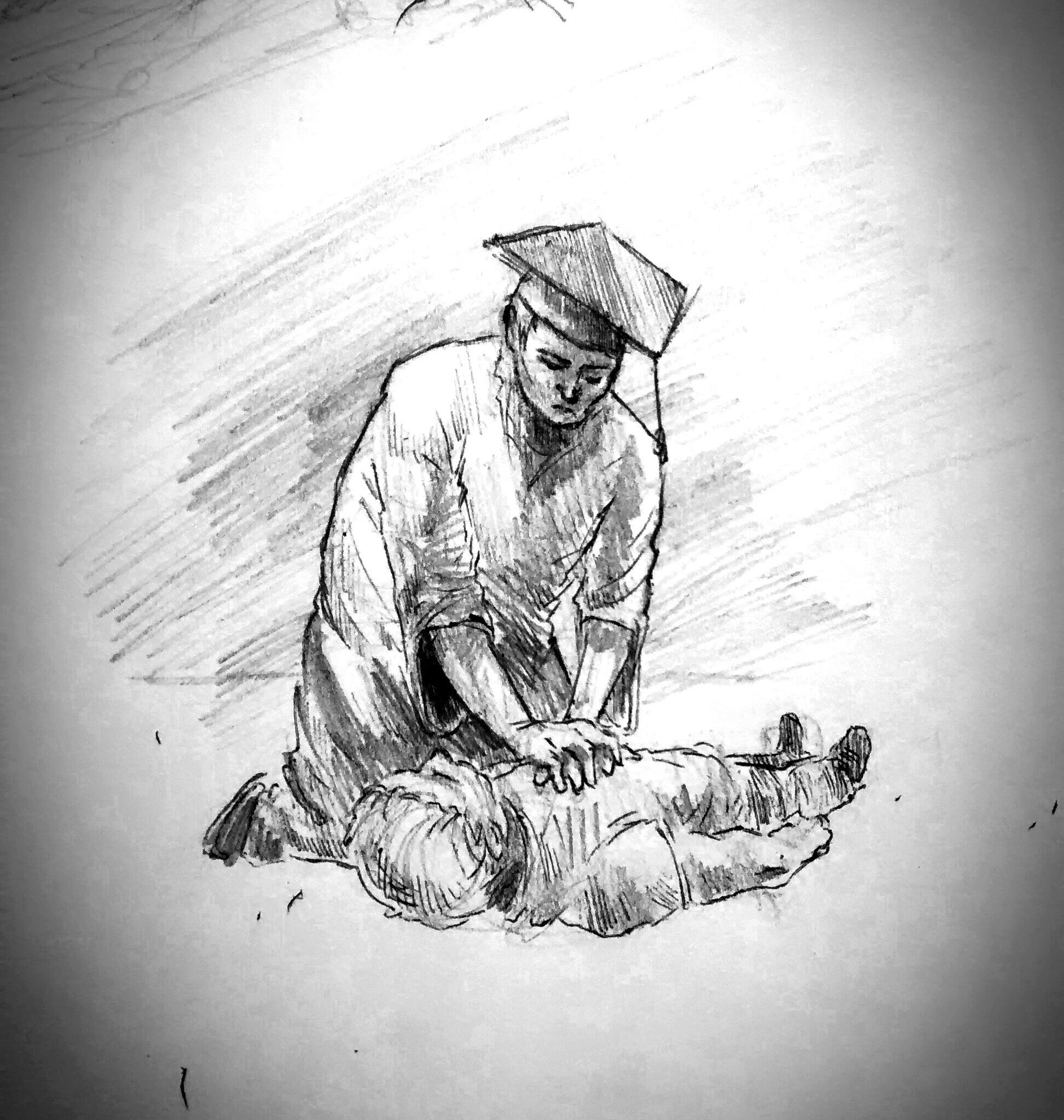By Stuart Dentlife (The Cascade) – Email
Print Edition: April 1, 2015

University is not all about hitting the books; sometimes it’s about getting hit with life-or-death situations. Since UFV became aware of the significant problem of studying on campuses across the nation, it wanted to recognize efforts made by your average Jane or Joe to resuscitate their classmates.
The CPR record has been available for almost a year, but not all students are aware of what it is and how it works. According to CPR co-ordinator Livvy Tup, there’s one major benefit: school-sanctioned mouth-to-mouth is a big resume booster.
“Employers want to know students are getting more than just a piece of paper when they graduate,” Tup explains. “They want people who really go the extra mile outside the classroom. That’s where the idea for the CPR record comes from. It’s an official piece of paper to validate all the times you’ve administered CPR on campus.”
However, there are barriers to having CPR credit recognized. One is that it has to be accountable to a UFV member: a professor, staff member, or administrator.
Dylan Taunt, a first-year student, says he administered mouth-to-mouth to seven different students in the winter 2015 semester, but his activity request was denied because there was no one around to see it.
“It wasn’t like I could invite people — it just kind of happened,” Taunt says. “All of a sudden this girl is just lying there, and then it was like we were making out, except, well, I was saving her life.”
Tup says Taunt and other students have been trying to fill up their CPR records fraudulently.
“They take turns,” she says. “One will pretend to lie prone in the middle of the Green or in up in the stacks, and the other will initiate mouth-to-mouth, even though there’s no imminent threat of death. Then they swap positions.”
However, the main criteria for CPR is connecting the activity to UFV’s institutional learning outcomes (ILOs). Taunt says technically, he’s following that to the letter.
“I analyze the whole situation critically and imaginatively,” he says. “then I pursue self-motivated and self-reflective learning.
“Besides,” he adds, “no one I’ve done it with so far has complained.”
Tup acknowledges this reasoning, and says Taunt’s way of approaching CPR may be considered in future stages of the project, even though it is currently considered fraudulent and not acceptable for CPR credit.
“It’s something that will probably change,” she says. “We have to make sure 80 per cent of students are using their CPR records by next year if we want to keep our funding, and we’ve got to reach that number somehow.”

